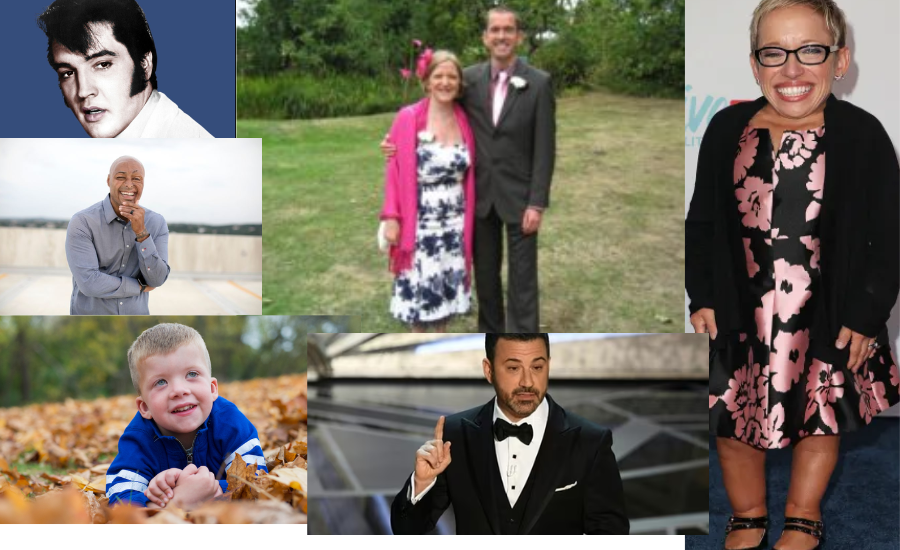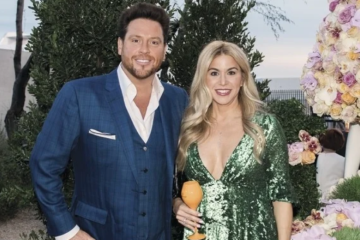Understanding Noonan Syndrome Through Notable Individuals
Celebrities with Noonan syndrome is a genetic disorder affecting about 1 in 1,000 to 1 in 2,500 individuals globally, characterized by distinct facial features, short stature, heart defects, and various health issues. Despite its rarity, several prominent individuals have been diagnosed with Noonan Syndrome, bringing attention to the condition and the experiences of those living with it.
One prominent figure is Megan Follows, a Canadian actress best known for her role as Anne Shirley in the “Anne of Green Gables” miniseries. Megan has openly discussed her experiences with Noonan Syndrome, helping to raise awareness and understanding of the disorder.
Jake Lloyd, known for his portrayal of young Anakin Skywalker in “Star Wars: Episode I – The Phantom Menace,” is another notable individual with Noonan Syndrome. He has shared his journey with the disorder, providing insights into its impact on his life and career.
Beyond these well-known personalities, countless individuals with Noonan Syndrome contribute to the broader understanding of the condition. Each person’s unique challenges and successes highlight the resilience and determination of those affected by this genetic disorder.
Exploring the lives of those with Noonan Syndrome, both public figures and everyday individuals, underscores the importance of awareness, research, and support. Greater understanding can lead to improved diagnosis, treatment, and quality of life for people with Noonan Syndrome and other rare genetic conditions.
12 Notable Celebrities with Noonan syndrome
1:Ben Stiller

Ben Stiller, a prominent actor and comedian, is one of the most recognized individuals diagnosed with Noonan Syndrome. Diagnosed at the age of 14, Stiller has candidly shared his journey with the condition. In an interview with Parade magazine, he revealed undergoing multiple heart surgeries and facing learning disabilities. Despite these challenges, Stiller has not allowed his diagnosis to hinder his success, thriving as an accomplished actor, writer, and director.
2:Yorke Parkin
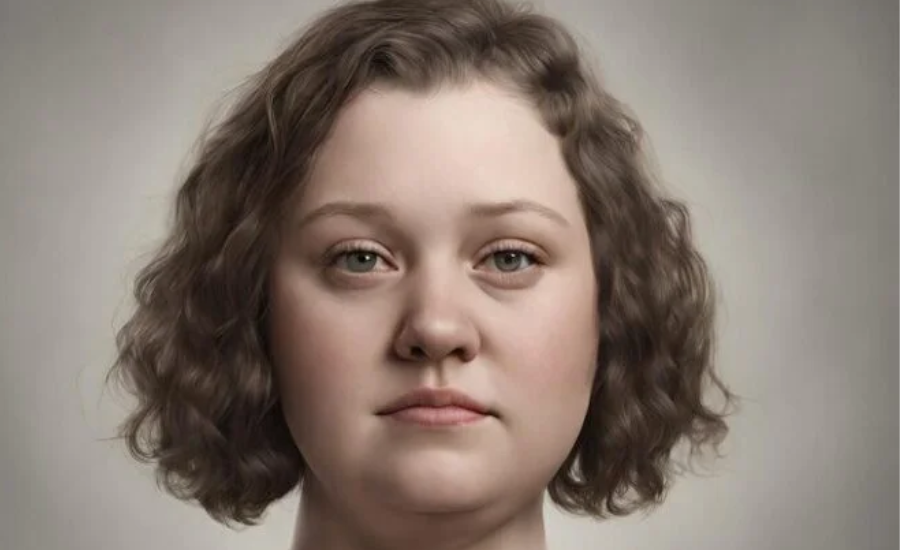
Yorke Parkin, a spirited 14-year-old skier from Revelstoke, has an inspiring story that extends beyond the ski slopes. Living with Noonan Syndrome, Yorke faces unique challenges, yet his passion for speed and racing shines through. His eight years of skiing, supported by the Revelstoke Ski Club, have helped him develop a love for the sport and a resilience that defies obstacles.
Yorke’s dedication is evident in his rigorous routine: skiing four times a week and hitting the gym three to four times. His enthusiasm extends to various Special Olympics sports, where his persistence and commitment stand out. Recently, Yorke triumphed at the Special Olympics BC Alpine Skiing Regional Qualifiers, earning him a spot at the Provincial Games.
Beyond his athletic achievements, Yorke serves as an inspiration, defying expectations and embracing his abilities despite the challenges posed by Noonan Syndrome. His journey epitomizes the spirit of the Special Olympics, fostering connections and celebrating personal stories of resilience and triumph.
3:Tim Burton

Renowned director and producer Tim Burton has also been diagnosed with Noonan Syndrome. Throughout his childhood, Burton faced difficulties with social interactions and endured bullying because of his distinct physical features. Despite these challenges, he discovered comfort in drawing, which led him to pursue a career in the arts. Burton has since become celebrated for his unique and imaginative style, creating iconic films such as “Edward Scissorhands” and “The Nightmare Before Christmas.” His journey underscores the power of creativity and resilience in overcoming personal obstacles.
4:Jimmy Kimmel
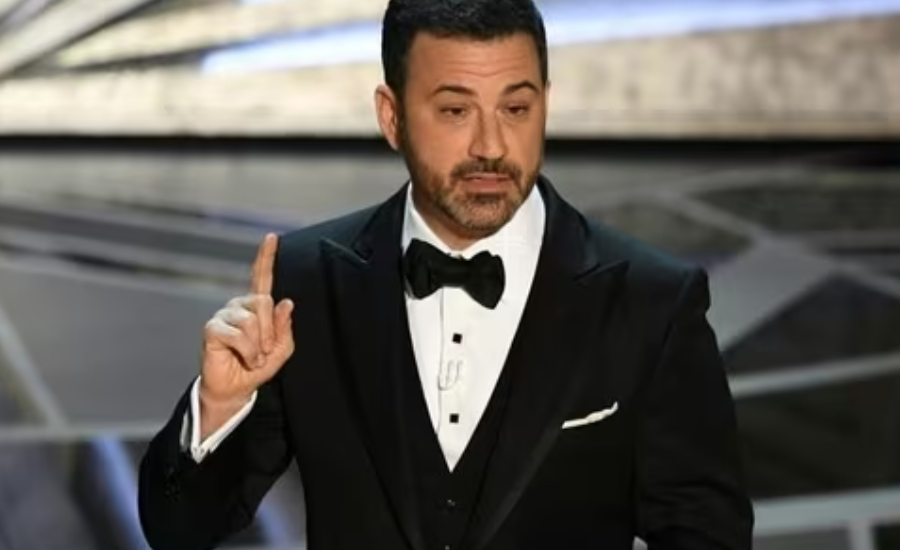
Renowned late-night talk show host Jimmy Kimmel has openly discussed his experiences with narcolepsy, a rare neurological sleep disorder that causes sudden bouts of drowsiness and sleepiness. Although Kimmel has a mild form of narcolepsy, he has shared that it can make his work as a writer challenging due to the constant struggle with unexpected sleepiness. His candidness about living with the condition highlights the importance of awareness and understanding of neurological disorders.
5:Tionne “T-Boz” Watkins
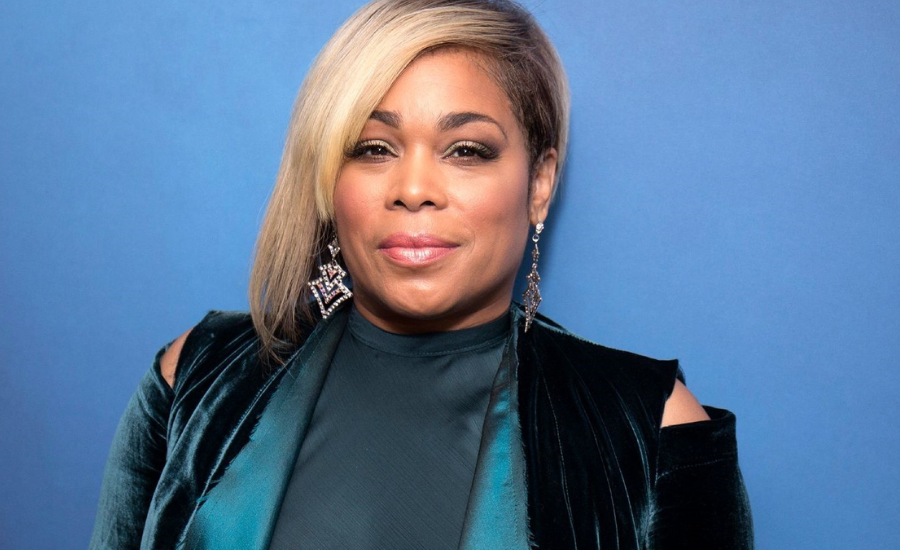
Tionne Watkins, famously known as “T-Boz” from the chart-topping group TLC, has been remarkably open about her battle with sickle cell disease (SCD). This rare blood disorder is marked by abnormally shaped blood cells that disrupt the normal flow of oxygen throughout the body, causing symptoms like jaundice, anemia, fatigue, and severe pain. In her book, “A Sick Life: TLC ‘n Me: Stories from On and Off the Stage,” Tionne shares her journey of managing the challenges of SCD while traveling and maintaining a demanding career. She revealed in an interview, “It’s a strong word, ‘a sick life,’ ’cause I’ve had it all. I was told I would never live past 30.” Her story is one of resilience and determination, shedding light on the realities of living with a chronic illness.
6:J.R. Martinez

J.R. Martinez, an actor, motivational speaker, and former U.S. Army soldier, was diagnosed with Noonan Syndrome early in life. He has openly shared his journey, which includes undergoing multiple heart surgeries and facing bullying. Despite these challenges, Martinez has turned his experiences into a source of inspiration for others. He has achieved success in his acting career, with notable appearances on shows like “All My Children” and “Dancing with the Stars.” Through his story, Martinez highlights the importance of resilience and determination in overcoming adversity.
7:Drew Thortenson

Katie Thortenson, a mother from Chicago, shares her journey of raising her son Drew, who has Noonan Syndrome. Drew was born with two heart conditions: Atrial Septal Defect (ASD) and mild Pulmonary Valve Stenosis. During his three-month hospital stay, Katie and her family gained a deeper understanding of Noonan Syndrome.
Seeking support, Katie turned to the Noonan Syndrome Foundation (NSF). Through foundation conferences and interactions with experienced doctors and parents, she gained valuable insights into managing Drew’s condition. Now serving on the NSF Board, Katie advocates for increased awareness of Noonan Syndrome and highlights the challenges families face due to limited medical knowledge. She emphasizes the importance of early diagnosis and education to improve medical care for children with Noonan Syndrome, ensuring timely and life-saving interventions.
Today, at two years old, Drew is undergoing growth hormone treatment and making significant progress, bringing hope and a sense of normalcy to his family.
8:Lizzie Armour
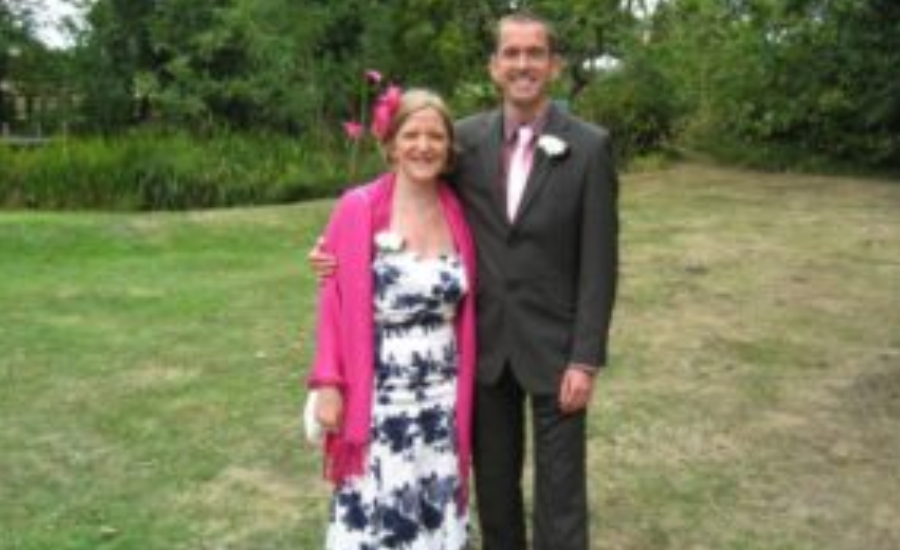
Lizzie Armour, now in her mid-40s, shares her inspiring journey of living with Noonan Syndrome. She faced significant health challenges early on, including a congenital heart defect. Despite these obstacles, Lizzie’s determination and the unwavering support of her family have enabled her to lead an active life.
Standing at 4 feet 11 inches, Lizzie exemplifies resilience by participating in marathons and being an active member of a running group. Her parents, Diana and Chris, navigated the uncertainties of Lizzie’s health during her childhood, which included delayed growth and various medical issues. Their optimism and support were crucial in Lizzie’s development.
Lizzie’s early years were marked by numerous hospital visits and diagnostic tests, often without clear answers from doctors. Despite these challenges, her parents remained hopeful, and Lizzie’s strength and perseverance grew as she matured. The family faced the complexities of Noonan Syndrome together, continually seeking ways to support Lizzie’s growth and development.
9:Jennifer Arnold

Jennifer Arnold, a physician and prominent figure on the TLC show “The Little Couple,” openly shared her experience upon being diagnosed with stage 3 choriocarcinoma cancer. Reflecting on her journey, she emphasized the importance of cherishing life and prioritizing what brings happiness and fulfillment.
Jennifer expressed, “Post-cancer, it’s crucial to remember that life is precious – pun not intended – and to focus on what truly matters to us and our loved ones.” Her resilience and positive outlook continue to inspire many as she navigates life beyond cancer treatment, advocating for living fully and embracing each moment.
10:Josiah Ives’ Unforgettable Day
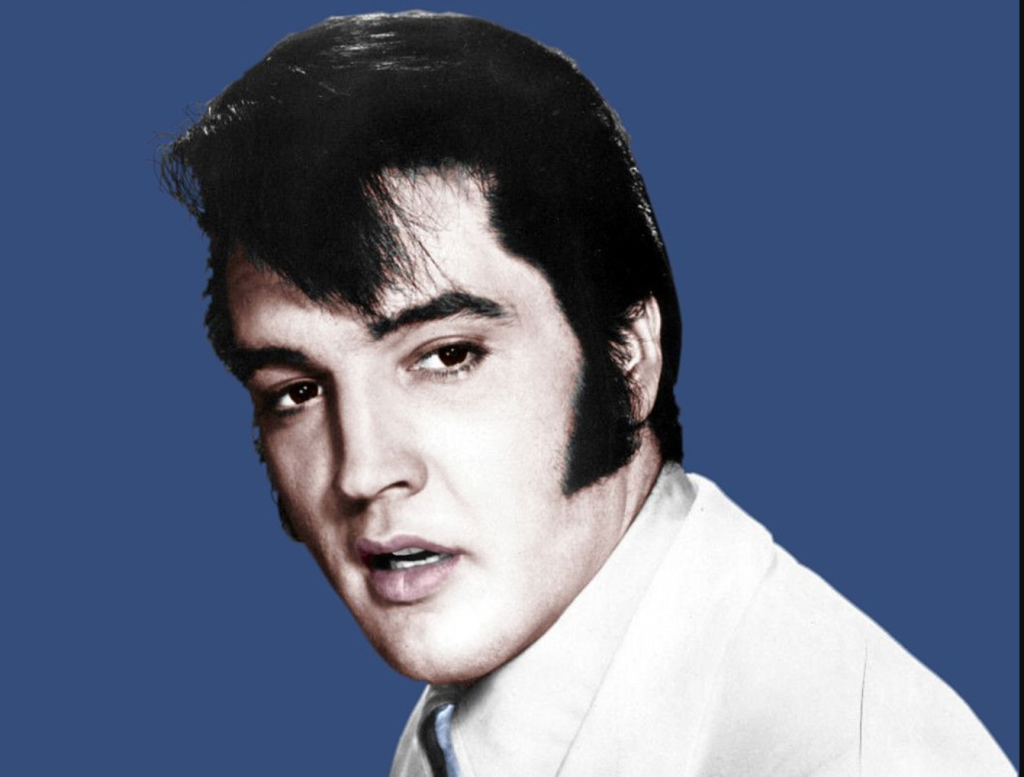
Five-year-old Josiah Ives, residing in Indianapolis and diagnosed with Noonan Syndrome, experienced a day filled with joy and surprises at the 500 Festival Parade alongside race-car driver Josef Newgarden. Josiah was unaware of the surprise until that morning, when he had the opportunity to ride with Newgarden during the parade.
Upon returning home, Josiah discovered his bedroom transformed into a racing-themed haven, thanks to the collaborative efforts of Century 21 Real Estate, Easter Seals, and Carpenter Fisher Hartman Racing.
Josiah, an avid racing enthusiast, enthusiastically greeted Josef Newgarden, receiving a personalized autograph on his newly upgraded race car bunk bed. This heartwarming gesture not only showcased the community’s support but also created lasting memories for Josiah, highlighting his special day amidst the challenges of Noonan Syndrome.
11:Robin Roberts’ Advocacy for Bone Marrow Donation

Robin Roberts, renowned morning news anchor and host of “Good Morning America,” faced myeloid dysplastic syndrome (MDS) following breast cancer treatment. This condition disrupts the normal development of blood cells in the bone marrow, necessitating a bone marrow transplant for treatment.
Roberts dedicated herself to advocating for bethematch.org, urging individuals to register as bone marrow donors to support those in need. In an honest interview with ABC, she bravely shared, “Today marks the beginning of pre-treatment – chemotherapy ahead of a bone marrow transplant later this year. The availability of bone marrow donors, especially for African-American women, is limited. I’m fortunate to have a sister who is a suitable match, significantly improving my chances of recovery.”
Roberts emphasized the importance of organ donation, echoing her recent discussions with Mark Zuckerberg on the topic. Her advocacy efforts have resonated widely, inspiring many to consider becoming bone marrow donors and supporting individuals facing similar challenges.
12:Support for Jakob-Anthony Handley’s Medical Journey
Jakob-Anthony Handley, a 13-year-old from South Surrey, is receiving community support ahead of his upcoming medical appointment in Calgary. His mother, Katie Handley, reached out for assistance with travel expenses, prompting a heartwarming response from the community, who donated bottles and cans to alleviate financial burdens, particularly covering most of the gas costs.
The upcoming surgery holds significant importance for Jakob-Anthony as it addresses his droopy eyelid, a prominent symptom of Noonan syndrome. Left untreated, this condition could potentially lead to vision impairments and even blindness. Noonan syndrome also manifests with distinct facial characteristics, heart complications, blood clotting issues, and growth challenges.
Jakob-Anthony’s diagnosis at six months old came after a geneticist became available, underscoring the critical need for medical expertise in such cases. The outpouring of support from the community holds immense value for the Handley family as they navigate an uncertain path ahead, which may involve additional heart surgeries.
Key Points to Know
Here are some essential points summarizing the previous discussion on Noonan Syndrome:
- Noonan Syndrome affects a significant number of individuals globally, with estimates ranging from 1 in 1,000 to 1 in 2,500.
- It is identified by distinct facial characteristics, short stature, heart anomalies, and related health conditions.
- Notable figures diagnosed with Noonan Syndrome include Megan Follows, Jake Lloyd, and Tim Burton.
- Each individual living with Noonan Syndrome experiences unique challenges and achievements, enriching our understanding of this condition.
- Enhanced awareness and ongoing research play pivotal roles in advancing diagnosis, treatment, and overall well-being for those affected by Noonan Syndrome.
FAQs About Noonan Syndrome
Q. What are the common symptoms of Noonan Syndrome?
Noonan Syndrome is characterized by distinctive facial features (such as wide-set eyes and low-set ears), short stature, heart defects (like pulmonary valve stenosis), and other health issues including bleeding problems, learning disabilities, and developmental delays.
Q. Is Noonan Syndrome inherited?
Yes, Noonan Syndrome is typically inherited in an autosomal dominant pattern, meaning a mutation in one copy of the affected gene is sufficient to cause the disorder. In some cases, however, it can occur sporadically due to new mutations.
Q. How common is Noonan Syndrome?
Noonan Syndrome affects approximately 1 in 1,000 to 1 in 2,500 people worldwide, making it relatively rare.
Q. Are there treatments available for Noonan Syndrome?
Treatment depends on the specific symptoms and may include surgeries to address heart defects, growth hormone therapy for short stature, and management of other associated health issues. Early intervention and specialized care can significantly improve outcomes.
Q. What challenges do individuals with Noonan Syndrome face?
People with Noonan Syndrome may experience physical, developmental, and social challenges. These can include medical interventions, educational support for learning disabilities, and navigating social interactions due to unique facial features.
Closing Thoughts
Exploring the lives of individuals with Noonan Syndrome, whether celebrities or everyday people, offers profound insights into resilience, determination, and the importance of awareness. Despite its rarity, Noonan Syndrome profoundly impacts individuals, influencing medical treatments and personal accomplishments. Public figures such as Megan Follows and Jake Lloyd have played crucial roles in raising awareness about this genetic condition by sharing their own journeys.
Each person living with Noonan Syndrome navigates a unique path, encountering both obstacles and victories. Through increased awareness, ongoing research, and community support, significant strides can be made in enhancing diagnosis, treatment options, and overall quality of life for those affected by Celebrities with Noonan syndrome and their loved ones. By amplifying these narratives and experiences, we celebrate diversity, foster empathy, and cultivate a supportive global community for individuals facing rare genetic disorders.
Visit Alevemente To Read And Explore More Famous Peoples

